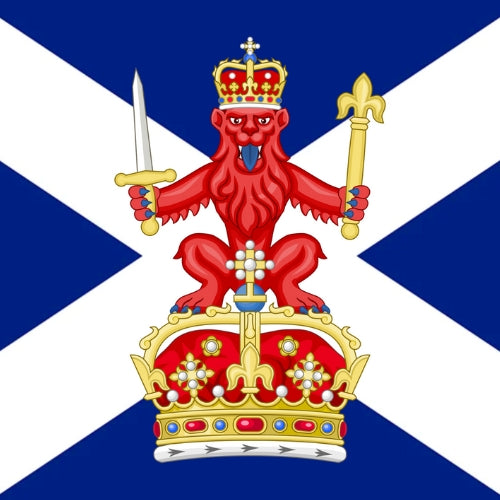Scottish coinage is a tapestry woven with threads of history, culture, and innovation, reflecting the changing fortunes and identities of the nation throughout the ages. From the enigmatic symbols of ancient Celtic tribes to the precision of modern minting techniques, the evolution of Scottish coinage is a fascinating journey through time. Join us as we explore the rich and diverse history of Scottish coinage, from its humble beginnings to its present-day manifestations.
Our journey begins in the mists of antiquity, where the roots of Scottish coinage can be traced back to the ancient Celtic tribes that once inhabited the land. These early coins, known as "Celtic coins," were often crudely crafted and bore intricate designs and symbols imbued with religious and cultural significance. Minted from precious metals such as gold, silver, and bronze, Celtic coins served as a medium of exchange and a symbol of wealth and status within tribal societies.
The arrival of the Romans in Britain brought about significant changes to Scottish coinage. Roman coins, known as "Roman provincial coins," began to circulate in Scotland alongside native Celtic issues, reflecting the influence of Roman trade and administration in the region. These coins featured the likenesses of Roman emperors and symbols of imperial power, highlighting Scotland's integration into the wider Roman world.
The medieval period witnessed the emergence of Scottish kingship and the minting of Scotland's first official coins. Under the reign of monarchs such as David I and Alexander III, Scottish coinage flourished, with coins bearing the names and titles of Scottish rulers minted in towns and cities across the kingdom. These coins played a vital role in facilitating trade and commerce and served as potent symbols of royal authority and sovereignty.
The Wars of Independence against English rule in the 13th and 14th centuries left an indelible mark on Scottish coinage. Coins minted during this turbulent period often bore the likenesses of national heroes such as Robert the Bruce and William Wallace, embodying the spirit of resistance and defiance that defined Scotland's struggle for independence. These coins serve as enduring symbols of national identity and pride.
The Union of the Crowns in 1603, which saw James VI of Scotland ascend to the English throne as James I of England, brought about significant changes to Scottish coinage. Coins minted during this period featured the dual titles and heraldry of James as ruler of both Scotland and England, reflecting the political union of the two kingdoms.
The advent of industrialization and empire in the 18th and 19th centuries ushered in a new era of Scottish coinage. Coins minted during this period often bore images of Scotland's industrial prowess and its contributions to the British Empire, with motifs such as ships, factories, and allegorical figures adorning their surfaces.
Today, Scottish coinage continues to evolve in step with advancements in technology and design. While Scotland no longer mints its own coins, its numismatic legacy lives on in the form of commemorative issues and collector's editions produced by national and international mints. These modern coins pay homage to Scotland's rich history and cultural heritage, celebrating everything from its iconic landmarks to its literary luminaries.
From the ancient Celts to the present day, the evolution of Scottish coinage is a testament to the resilience, creativity, and ingenuity of the Scottish people. Each coin bears witness to a chapter in Scotland's storied past, preserving the memories and traditions of generations gone by. As we look to the future, let us continue to cherish and celebrate the rich tapestry of Scottish coinage, ensuring that its legacy endures for generations to come.
